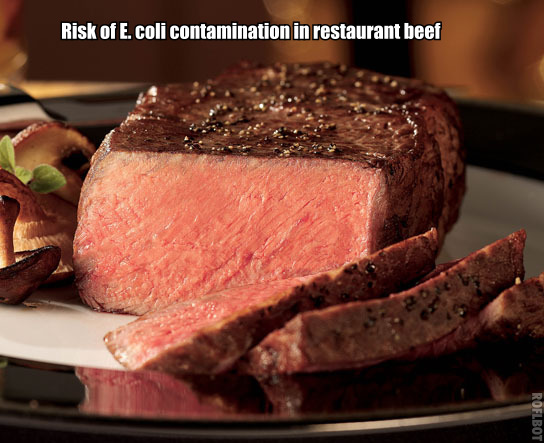“…Fire fighters say the fire started in the restaurant’s heating and air condition system and could have been  much worse…The sprinkler system did exactly what it was supposed to do. It contained the fire to a small area up in the attic…”
much worse…The sprinkler system did exactly what it was supposed to do. It contained the fire to a small area up in the attic…”
A fire set off the sprinkler system and flooded a popular restaurant in Fair Oaks early Saturday morning. Fire fighters arrived to find a section of Mikuni Sushi restaurant on fire. Luckily, the building sprinklers systems had gone off and contained the fire. However, the restaurant sustained significant water damage.
Three Sac Metro Fire engines and 17 fire fighters battled the blaze which caused an estimated $50,000 in damage to the building.
“It’s still under investigation. We know where it started, but how it started is still under investigation,†said Michelle Eidem of the Sacramento Metropolitan Fire Department. So when our crews got here there was light smoke inside but the fire was contained and they could quickly put the fire out.
No one was in the building when the fire started, But Mikuni owner Taro Arai says his employees, customers and profit will suffer.
For more:Â http://sacramento.cbslocal.com/2012/12/29/fire-damages-popular-mikuni-restaurant-in-fair-oaks/








